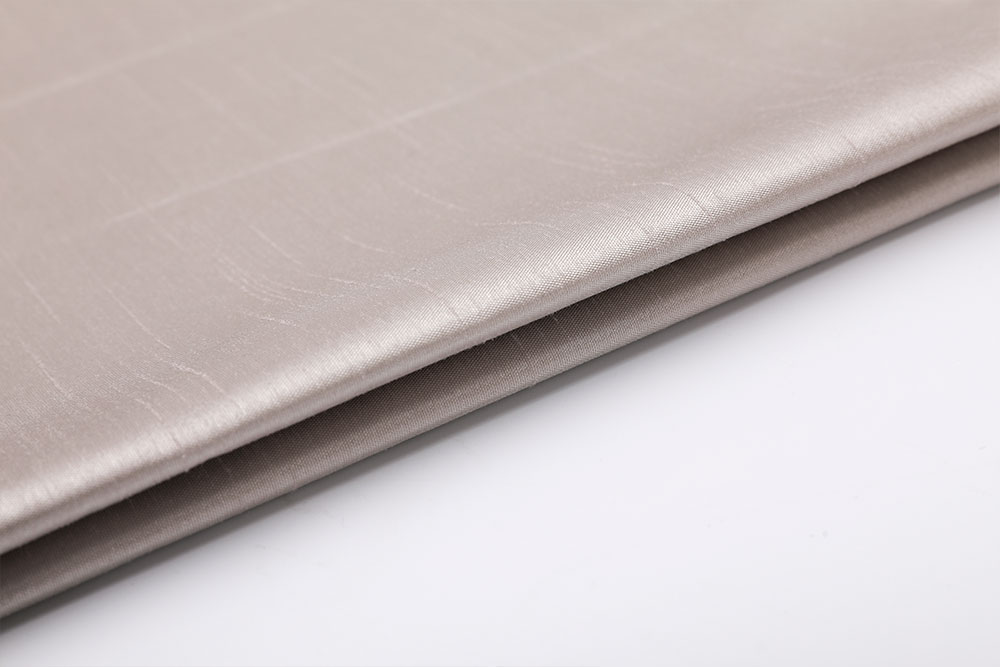Blackout curtains are a cornerstone of interior design in environments where light control, noise reduction, and safety are paramount. From hotels and hospitals to schools and nurseries, these versatile fabrics provide not only comfort but also essential fire safety measures. Among the options available, flame retardant-treated (FR-treated) and FR-coated blackout fabrics stand out as two prominent choices. Understanding their cost differences and the impact on long-term investments is key to making informed decisions.
When comparing FR-treated and FR-coated blackout fabrics, cost is often a decisive factor. FR-treated fabrics are typically more affordable upfront. This cost-effectiveness stems from the straightforward process of applying fire-retardant chemicals during dyeing or fabric setting. However, the lower initial price comes with trade-offs. These fabrics are not washable, meaning their durability can be compromised in settings requiring frequent cleaning. Additionally, while they meet fire safety standards, they emit light toxic smoke when burned, which might raise concerns in high-risk or environmentally conscious projects. Despite these limitations, the variety of designs, from printed to gilded finishes, makes FR-treated fabrics an attractive choice for decorative applications where cost control is a priority.
On the other hand, FR-coated blackout fabrics offer a more robust performance. These fabrics undergo a multi-pass coating process, usually three or four layers, which not only enhances their fire resistance but also ensures complete blackout functionality. The additional processing steps contribute to a higher cost, making them a more significant investment upfront. However, the long-term benefits often outweigh the initial expense. Their superior shading capabilities and consistent fire-retardant performance make them ideal for demanding environments like hotels and healthcare facilities, where reliability and safety cannot be compromised. The downside is that, like their treated counterparts, they are not washable and produce light toxic smoke during combustion.

So, how do these cost differences translate into long-term investment decisions? FR-treated fabrics may be a practical choice for budget-sensitive projects or spaces where aesthetics and cost-efficiency outweigh the need for heavy-duty performance. For example, small-scale nurseries or classrooms with moderate use might benefit from these fabrics due to their lower upfront cost and appealing designs. However, for high-traffic or high-maintenance spaces, FR-coated fabrics are often a better investment. Their enhanced durability and superior blackout capabilities reduce the need for frequent replacements, ultimately saving costs over time. In environments like hotels, where blackout curtains play a critical role in guest comfort and must withstand rigorous use, the higher initial expense of FR-coated fabrics is justified by their longevity and reliability.
In making the choice, it’s essential to weigh the specific needs of the project against the long-term value each fabric type offers. While FR-treated fabrics might save money initially, frequent replacements and maintenance could offset these savings. Conversely, the higher upfront cost of FR-coated fabrics is often balanced by their durability and superior performance, especially in demanding environments. Beyond cost, considerations like aesthetic preferences, fire safety requirements, and environmental impact should also factor into the decision-making process.
Both FR-treated and FR-coated blackout fabrics have their merits and limitations. Choosing the right one depends on the balance between cost, functionality, and the unique demands of the space. By carefully assessing these factors, professionals can ensure their investment delivers not just financial value but also lasting comfort, safety, and style.
























 Email: [email protected]
Email: [email protected] Tel: +86-512-63221899
Tel: +86-512-63221899


 English
English Español
Español

